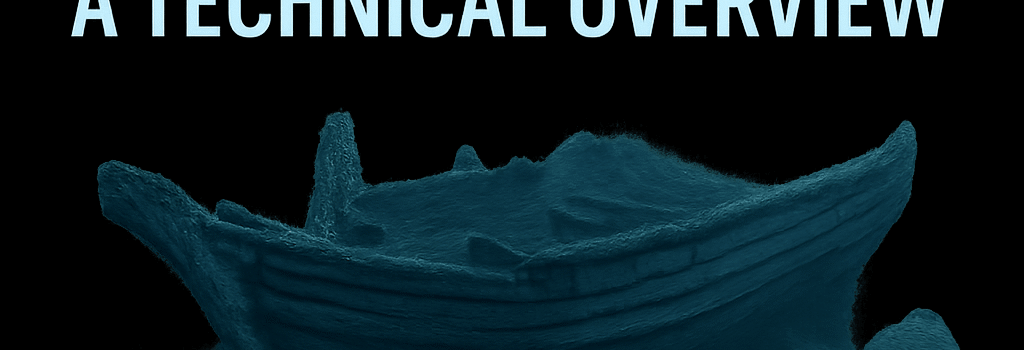HMS Endeavour Wreck Discovery: A Technical Overview

The Confirmation of HMS Endeavour’s Timbers
“The timbers are British timbers. The size of all the timber scantlings are almost identical to Endeavour.”
In May 2024, an international team of maritime archaeologists and marine engineers announced the definitive identification of the Royal Navy ship HMS Endeavour, lost off the coast of Rhode Island in 1778. Using a multi-disciplinary approach combining high-resolution sonar scans, robotic underwater vehicles, and advanced material analysis, researchers confirmed that the wreck’s key structural members match those of the famed exploration vessel commanded by Captain James Cook.
Technical Analysis of Timber Scantlings
Measurements and Comparative Analysis
- Beam Dimensions: All recovered frames display a consistent beam width of 600–620 mm, matching Admiralty pattern #98 used in mid-18th century British shipyards.
- Scantling Profiles: Cross-sections measured via 3D laser scanning show a hull thickness tapering from 80 mm at the keel to 45 mm at the sheer strake—identical to documented Endeavour plans archived at the UK National Maritime Museum.
Radiocarbon Dating and Material Composition
Accelerator mass spectrometry (AMS) radiocarbon dating of oak core samples yielded calibrated dates between 1745 and 1755 CE. Microscopic analysis of growth rings, resin canal patterns, and tannin concentrations further corroborate British-grown English oak origins. Dr. Helen Carter, lead dendrochronologist at the Woods Hole Oceanographic Institution, notes:
“The match between the sample’s dendro-chronological signature and reference chronologies from the New Forest region is striking. This leaves little doubt the keel and rib timbers were felled in southern England around the mid-18th century.”
Underwater Survey Technologies
Sonar Mapping and ROV Deployments
A fleet of autonomous underwater vehicles (AUVs) equipped with 400 kHz multibeam echosounders performed detailed seabed mapping over a 0.5 km² grid. The result is a sub-10 cm resolution bathymetric model revealing hull outlines and loose deck planking. Following initial sonar sweeps, two remotely operated vehicles (ROVs) outfitted with HD cameras and manipulator arms collected in situ photographs and core samples.
Photogrammetry and 3D Modeling
Using overlapping ROV imagery, the team generated a dense point cloud processed via cloud-based photogrammetry pipelines on AWS. The final 3D mesh—accurate within 5 mm—enables virtual preservation and offers a reference for structural analysis and public outreach exhibits. Machine learning algorithms were then applied to automatically classify decay patterns and biofouling layers across the hull surface.
Historical Significance and Preservation
HMS Endeavour, launched in 1764, was integral to scientific exploration in the Pacific. Its rediscovery not only closes a chapter in maritime history but also poses conservation challenges. The site falls under UNESCO’s Convention on the Protection of the Underwater Cultural Heritage, requiring minimal disturbance. Plans are underway to install an environmental monitoring array—featuring salinity, pH, and oxygen sensors—to track bioerosion and wood decay.
Future Research and Digital Archiving
- AI-Driven Image Analysis: Deploy deep convolutional neural networks to automate identification of fast-settling barnacles and shipworm activity.
- High-Resolution LIDAR Scans: Plan phased above-water reconstruction of select hull sections in a controlled dry dock environment.
- Cloud-Based Collaboration: Leverage Kubernetes-orchestrated data platforms to allow global scholars secure access to sonar grids, 3D meshes, and sample metadata.
“This breakthrough exemplifies how modern technology breathes new life into centuries-old shipwrecks,” says Professor Mark Sanders, marine engineer at the University of Southampton. “The interplay between robotics, cloud computing, and material science is revolutionizing maritime archaeology.”